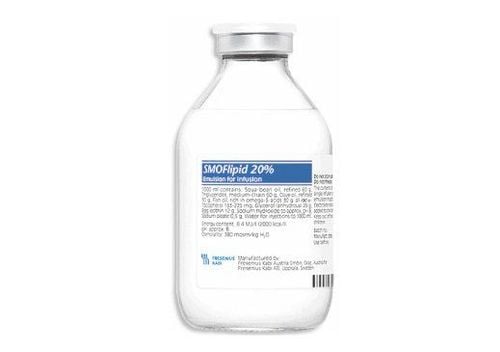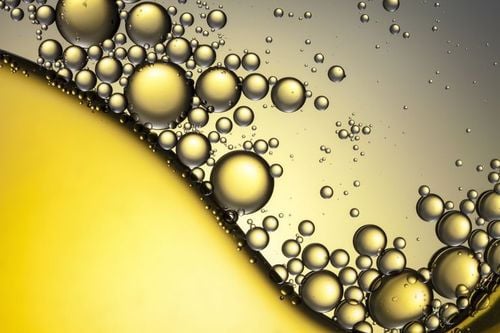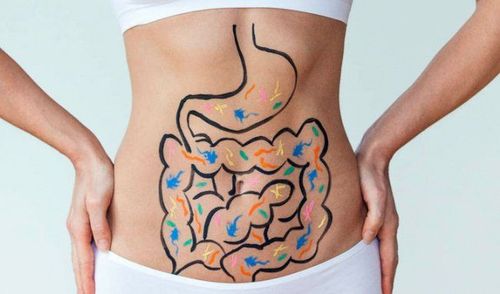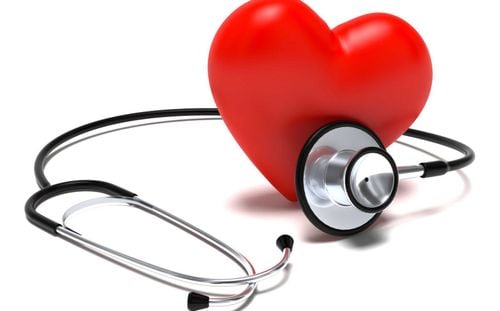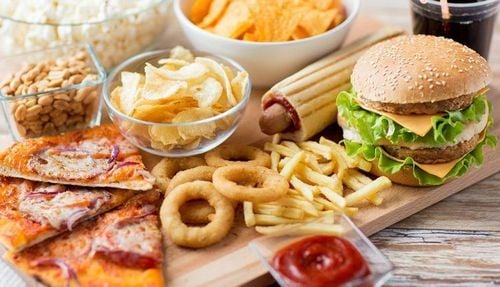This is an automatically translated article.
Trans fat (English name: trans fat or trans fatty acid) is trans fatty acid or trans fatty acid, an artificial isomer fatty acid. They are formed during food processing, by hydrogenation of cooking oils, to help food be preserved longer, eye-catching and more attractive to consumers.
1. What is trans fat?
Fat Conclusions from researchers have shown that foods high in fat should be limited. However, fats and fatty acids exist everywhere from animals to plants. There are a number of fats that carry negative risks for heart disease as well as health.
Fat in general has a very important role in each serving as protein or starch because they are all sources of necessary energy for the body. There are many functional parts of the body that depend on the presence of fat particles.
Specifically: some soluble vitamins found in vegetable oils need the presence of fat to be dissolved in the blood, then provide the necessary nutrients for the whole body. However, you will gain weight when your body tolerates too much fat, making the body's calories become redundant.
Trans fats There are two typical types of fats, good fats and bad fats. Trans fat and saturated fat belong to the group of bad fats, they both increase the risk of cardiovascular disease. Trans fat exists as a solid at room temperature. Trans fats are recommended to limit consumption even to a small amount.
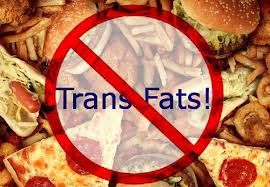
Chất béo trans nên hạn chế tối đa việc tiêu thụ dù chỉ là một lượng nhỏ đi chăng nữa
Trans fat (English name: trans fat or trans fatty acid) is a trans fatty acid or a fatty acid in the form of an artificial isomer, in short, it belongs to the group of bad fatty acids, especially the worst trans fat in the world. body. They are formed during food processing, by hydrogenation of cooking oils, to help food be preserved longer, eye-catching and more attractive to consumers.
2. Characteristics of trans fat
Similar to the characteristics of saturated fats, trans fats can increase the density of LDL cholesterol, or bad cholesterol in the human body. And more than that, they also reduce the proportion of HDL cholesterol, also known as good cholesterol.
Therefore, when consuming a lot of trans fats, our body has a 3 times higher risk of cardiovascular diseases than consuming saturated fats.
3. Where is Trans fat?
There are two types of trans fats, divided according to where they originate:
Natural trans fats: These trans fats are naturally produced, the ideal place for them to form is in the intestines of certain herbivorous animals. . For this reason, small amounts of trans fats are also found in dairy products as well as in meat from grass-fed animals.
Artificial trans fat: Artificial trans fat is formed through food processing: This trans fat is produced when vegetable oils are hydrogenated during processing. The metabolic process aims to improve the overall fat structure, increase the time to preserve food, and increase the flavor of the dish.
Trans fat is in what food? Specifically, Trans fat can be found in many foods as saturated fat. These include:
Cakes: crackers, cookies, cakes, cakes, pies and other baked foods... Fast food: fried chicken, pizza, french fries... Fried foods lots of oil: potato cakes, banana cakes, donuts... Prepared foods: popcorn, snacks, instant noodles... Shortening and margarine: margarine in various forms (in stick form and in bottle form) ...
4. Identify foods containing trans fat
It is difficult to tell if a type of ready-to-eat product contains trans fat, more or less, even by looking at the complete nutritional value information of the processed ingredient on the label.
Because, there are a few foods that are labeled trans fat 0 grams or read: zero trans, trans fat free, no trans fat... in fact it will still contain a small percentage of trans fat inside. For example, in the US, it is regulated that when the amount of trans fat in a product is less than 0.5 grams, the manufacturer is allowed to write it as 0 grams, moreover it is not clear about the specific proportion of each serving. . In Vietnam, there are no clear and specific regulations or laws on clearly stating the exact nutritional value information of products on all packages.
Therefore, the identification of foods containing trans fat, in addition to reading the information on the label, is mainly based on scientific basis: all processed foods, fast foods contain trans fats. The more trans fat the more. So if we want to limit trans fats, we should limit fast foods, processed foods, and prepackaged foods.
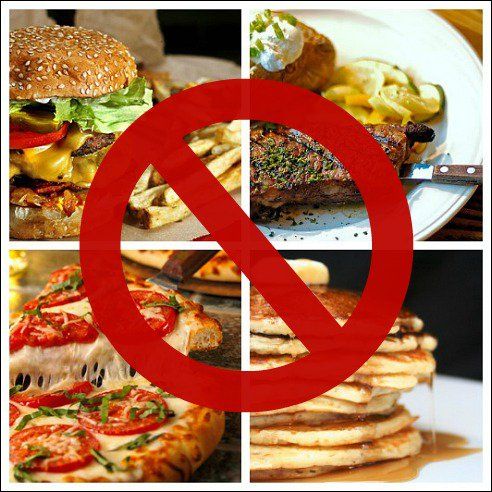
Nên hạn chế đồ ăn nhanh, đồ ăn chế biến, đóng gói sẵn để hạn chế chất béo trans
5. You should limit your own trans fat intake
In daily nutrition, you should not use fried foods that are repeatedly fried, canned foods, fast foods, prepared foods such as potato cakes, pillow cakes, pastries, cakes Grilled, fried chicken, fries...
Unlike saturated fat or trans fat, unsaturated fats are good for the heart and make you feel full, limit snacking, beneficial for weight loss. weigh. Good fats are usually found in nuts, olives, chia seeds, walnuts, flaxseeds, chia seeds or in fish like salmon, sardines...
First, reduce your food intake. products high in saturated fat and trans fat. Then try to combine foods that contain monounsaturated and polyunsaturated fats. A healthy diet will help you have a healthy heart and improve your quality of life.
Please dial HOTLINE for more information or register for an appointment HERE. Download MyVinmec app to make appointments faster and to manage your bookings easily.




